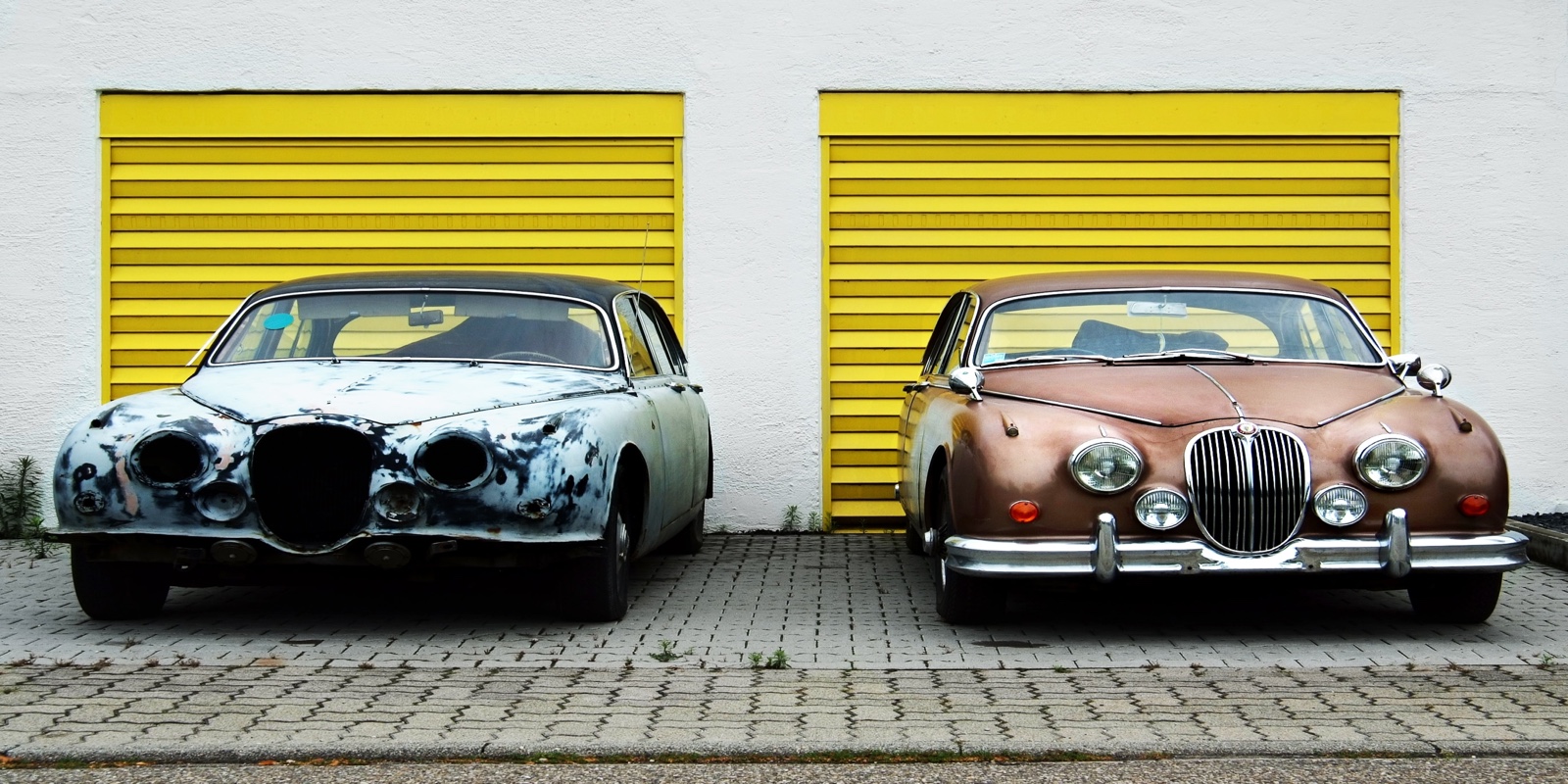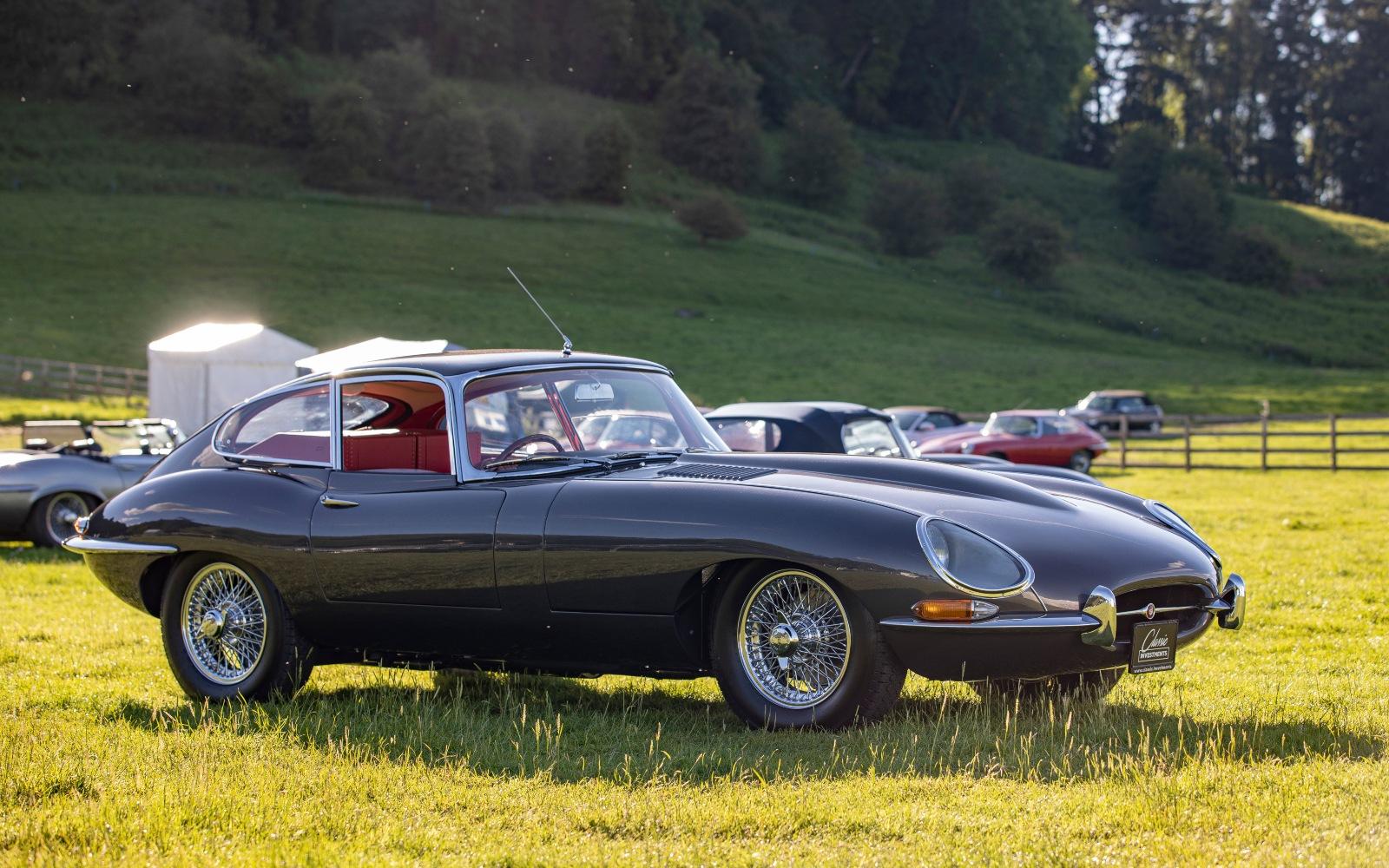Restoring a classic car is a labor of love, a journey that intertwines meticulous craftsmanship, historical preservation, and a deep appreciation for automotive heritage. From the moment you envision your dream car to the final gleaming finish, this guide will navigate you through the captivating world of classic car restoration, empowering you to breathe new life into an automotive icon.
As you embark on this adventure, you’ll delve into the intricacies of bodywork preparation, paint application, engine rebuilding, interior restoration, and electrical system upgrades. Along the way, you’ll uncover the secrets of sourcing authentic parts, mastering specialized techniques, and ensuring that your classic car retains its timeless elegance and mechanical integrity.
Understanding the Restoration Process
Restoring a classic car is a labor of love that requires patience, attention to detail, and a deep understanding of the restoration process. It involves several distinct stages, each with its own unique challenges and rewards.
Planning and Preparation
The first stage of any restoration project is planning and preparation. This involves gathering information about the car, researching its history, and determining the scope of the work that needs to be done. It’s also important to establish a budget and timeline for the project.
Disassembly and Inspection
Once the planning stage is complete, the car is disassembled into its component parts. This allows the restorer to inspect each part for damage or wear and to determine what repairs or replacements are necessary.
Repairs and Replacements
The next stage involves making repairs or replacing damaged or worn parts. This may include welding, machining, and fabricating new parts. The goal is to restore the car to its original condition or better.
Reassembly
Once all the repairs and replacements have been made, the car is reassembled. This is a delicate process that requires careful attention to detail. The goal is to ensure that the car is assembled correctly and that all the parts fit together properly.
Finishing
The final stage of the restoration process is finishing. This involves painting the car, installing the interior, and adding the finishing touches. The goal is to create a car that looks and drives like new.
Bodywork and Paint
Restoring the bodywork and paint of a classic car is a crucial step in the restoration process. It involves removing rust, repairing panels, and applying a new paint finish. This process requires meticulous attention to detail and a deep understanding of the materials and techniques involved.
Rust Removal and Panel Repair
Rust is the enemy of classic cars. It can weaken the bodywork and cause extensive damage if left untreated. The first step in bodywork preparation is to remove all traces of rust. This can be done using a variety of methods, including chemical rust removers, wire brushes, and sandblasting.
Once the rust has been removed, any damaged panels need to be repaired. This may involve welding in new metal, hammering out dents, or replacing entire panels. The goal is to restore the bodywork to its original condition.
Paint Types and Application Methods
Once the bodywork has been repaired, it’s time to apply a new paint finish. There are a variety of paint types available, each with its own advantages and disadvantages.
- Acrylic enamel:Acrylic enamel is a durable and affordable paint that is easy to apply. However, it can be prone to fading and chipping.
- Urethane:Urethane is a more durable paint than acrylic enamel, but it is also more expensive and difficult to apply. It is often used on high-end classic cars.
- Lacquer:Lacquer is a traditional paint that is known for its high gloss finish. However, it is not as durable as acrylic enamel or urethane.
The application method used will depend on the type of paint and the desired finish. Some paints can be applied with a brush or roller, while others require a spray gun.
Achieving a High-Quality Paint Finish
Achieving a high-quality paint finish is all about preparation and attention to detail. The following tips will help you get the best possible results:
- Start with a clean surface:The surface of the car must be completely clean and free of any dirt, grease, or wax before painting.
- Use high-quality materials:The quality of the paint and other materials you use will have a big impact on the final finish.
- Follow the manufacturer’s instructions:Be sure to follow the manufacturer’s instructions carefully when mixing and applying the paint.
- Allow plenty of time for drying:Allow the paint to dry completely before sanding or buffing it.
- Buff and polish the finish:Once the paint has dried, buff and polish it to bring out its shine.
Engine and Mechanical Restoration
Reviving the heart and soul of a classic car involves a meticulous process of engine and mechanical restoration. From meticulously disassembling and inspecting the engine to rebuilding it with precision, this stage demands a blend of technical expertise and an unwavering commitment to authenticity.
Engine Disassembly, Inspection, and Rebuilding
The engine disassembly process unveils the inner workings of the powertrain, allowing for a thorough examination of each component. Worn-out parts are identified and replaced, while salvageable ones undergo reconditioning to restore their functionality. The crankshaft, pistons, and cylinder heads are meticulously inspected and reconditioned or replaced as needed.
Engine Modifications and Performance Upgrades, Restoring a classic car
For enthusiasts seeking to enhance performance, a range of engine modifications and upgrades are available. These may include performance camshafts, upgraded fuel injection systems, and turbochargers. However, it’s crucial to balance performance enhancements with reliability and maintain the car’s original character.
Transmission and Drivetrain Restoration
Restoring the transmission and drivetrain ensures smooth and efficient power delivery. The transmission is disassembled and inspected for worn-out components, which are replaced or repaired. The driveshaft, differential, and axles are also meticulously checked and reconditioned to ensure optimal performance and reliability.
Interior Restoration: Restoring A Classic Car
Restoring a classic car’s interior is a meticulous and rewarding task that requires attention to detail and a keen eye for authenticity. It involves a comprehensive process of restoring the upholstery, trim, and dashboard to their original condition.
Upholstery restoration is a crucial aspect of interior restoration. The original fabric or leather must be carefully inspected for damage and wear. In some cases, it may be possible to repair the existing material, while in others, it may be necessary to replace it with matching material.
Skilled upholsterers can replicate the original stitching, patterns, and materials to ensure a perfect fit and finish.
Trim and Dashboard Restoration
The trim and dashboard are essential elements of a classic car’s interior. These components can be made from a variety of materials, including wood, metal, and plastic. Over time, these materials can become faded, cracked, or damaged. Restoring them requires careful cleaning, repair, or replacement to restore their original appearance.
Authenticity is paramount in classic car restoration. When sourcing replacement parts, it is important to find genuine OEM (Original Equipment Manufacturer) components or high-quality reproductions that match the original specifications. This ensures that the restored interior retains its historical integrity and value.
Electrical and Wiring
Classic cars often present unique electrical challenges due to aging components and outdated wiring systems. Restoring the electrical system to its former glory requires a methodical approach to diagnosing and repairing issues.Diagnosing electrical problems in classic cars involves a systematic process of testing and troubleshooting.
It begins with a thorough visual inspection of the wiring harness, connectors, and components for any signs of damage or corrosion. Electrical testers, such as multimeters and test lights, are used to measure voltage, continuity, and resistance to pinpoint the source of the issue.Once the electrical problem has been diagnosed, repairs can be made by replacing faulty components, repairing damaged wiring, or upgrading the electrical system.
Wiring harnesses are available for most classic car models, and their installation requires careful attention to detail and proper routing. Upgrading the electrical system can improve performance and reliability by replacing old wiring with modern components and adding additional features, such as electronic ignition or fuel injection.
Upgrading Electrical Systems
Upgrading the electrical system in a classic car can enhance performance, reliability, and convenience. Modern components, such as electronic ignition systems, provide more precise timing and spark delivery, resulting in improved engine performance. Fuel injection systems offer better fuel economy and smoother engine operation compared to carburetors.
Additionally, adding modern amenities like power windows, air conditioning, and upgraded audio systems can enhance the driving experience.When upgrading the electrical system, it’s essential to consider the car’s original design and capabilities. Overloading the electrical system with excessive accessories or modifications can strain the alternator and battery, leading to premature failure.
Proper planning and professional installation are crucial to ensure a reliable and safe electrical system.
Last Recap
The completion of a classic car restoration is a triumph of passion and perseverance. It is a testament to the enduring power of human ingenuity and the unwavering spirit of preservation. As you drive your restored classic down the road, you’ll not only turn heads but also carry a piece of automotive history with you, a tangible connection to the past that will inspire generations to come.
Clarifying Questions
What are the key stages involved in restoring a classic car?
The restoration process typically encompasses planning, disassembly, bodywork preparation, paint application, engine rebuilding, interior restoration, electrical system upgrades, and final assembly.
How important is research and documentation during the restoration process?
Research and documentation are crucial for ensuring authenticity, accuracy, and a thorough understanding of the vehicle’s history and specifications.
What are some of the common challenges encountered during classic car restoration?
Common challenges include sourcing rare parts, addressing rust and corrosion, achieving a high-quality paint finish, and ensuring mechanical reliability.
How can I ensure the authenticity of my restored classic car?
Maintain original parts whenever possible, consult historical records and documentation, and seek guidance from experts in the field.


